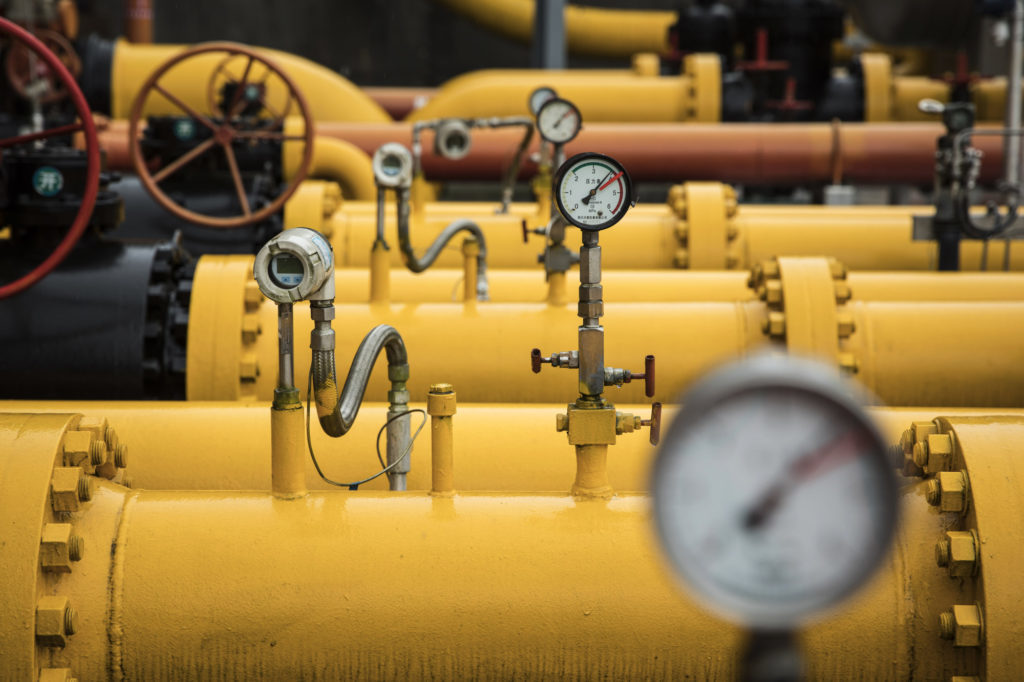
While most gas suppliers look set to benefit from a global spike in gas prices, PetroChina (HK:857) is one of the few exceptions, as regulated prices and rising gas import losses are set to squeeze China’s largest gas producer.
PetroChina (CH:601857) will experience large losses in the second half 2021 with investment research firm Bernstein estimating a potential loss of RMB22 billion ($3.4 billion) and possibly higher.
“Rising gas prices should be good for gas producers. PetroChina is the exception given regulated domestic gas prices and the burden of liquefied natural gas (LNG) and pipe imports, which are imported at a loss. As such we see earnings growth disappointing in 2H21 and we downgrade to market perform,” Bernstein said in a note today.
Bernstein recommends investors seeking exposure to higher oil and gas prices to consider Woodside (ASX:WPL), CNOOC (HKG: 0883) and Inpex (TYO: 1605).
“Natural gas is in short supply globally driven by a combination of supply and demand factors which have seen European and Asian spot LNG prices surging. While prices will eventually recede, there are two obvious points to make in the meantime. The first is that spot prices can and most likely will go higher as we enter the winter months. The second is that prices are likely to remain structurally elevated for the next few years given tighter markets where supply constraints will remain higher than normal due to underinvestment,” said Bernstein.
“While higher gas prices should be good for PetroChina, China’s largest gas producer, they are not for two reasons. Firstly, city gate prices are regulated by the government. This means that although the spot market price of gas is rising, PetroChina does not benefit unless the government raises the price of gas. We think it unlikely the government will do so outside of the normal winter gas price hike which will go ahead. Especially given inflationary pressures in the country,” added the firm.
“The second reason is that PetroChina is a large importer of both pipeline gas and LNG, importing up to 85 billion cubic metres (bcm) this year, most of this at a loss. Some of these imports are indexed to oil, but higher oil prices drive higher the cost of oil linked gas imports. Some imports are purchased on spot terms and will result in potentially large losses for PetroChina, given the gap between spot and regulated prices,” said Bernstein.
“At this point in time it is impossible to predict how large PetroChina gas losses will become this winter, but we suspect that they could be in the region of RMB20bn for the second half of 2021. While PetroChina is a beneficiary of higher oil prices which are now touching US$80/bbl, the rise in gas losses mean that there are better ways for investors to play the gas theme, unencumbered by higher gas prices. The biggest risk for investors is that demand shortages force PetroChina to buy additional gas at spot prices which triggers larger than expected import losses,” added Bernstein.
“As such we downgrade PetroChina to Market-Perform. Among the regional stocks, we think that companies such as Woodside or Inpex (which has 20-30% exposure to spot LNG) are a better way to play rising gas and LNG prices. For non-US investors who
just want to play oil, it is hard to look past CNOOC,” noted the research house.
Recommended for you

